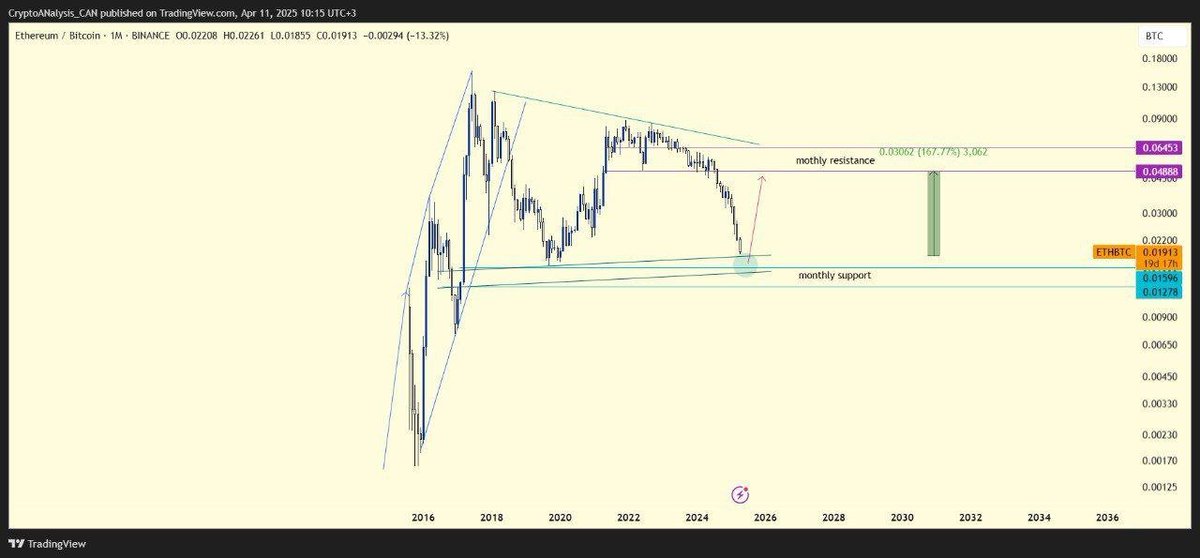Ethereum’s Privacy Puzzle: A Deep Dive into #ETHBTC & #ETH.D in 2025
Introduction
In the ever-evolving world of cryptocurrencies, Ethereum (ETH) has carved out a unique niche as a versatile and innovative platform. However, as we stand in 2025, a significant challenge persists: privacy. While Ethereum’s transparency ensures security and regulatory compliance, it also exposes users to privacy leaks and potential censorship. Let’s explore Ethereum’s privacy conundrum, delving into the roadmaps of #ETHBTC and #ETH.D, and analyze potential solutions.
The Privacy Conundrum
Forced Transparency: A Double-Edged Sword
Blockchains like Ethereum and Bitcoin are inherently transparent. This openness allows for robust security, regulatory compliance, and community oversight. However, this “forced transparency” also presents challenges:
Ethereum’s Privacy Solutions: #ETHBTC & #ETH.D
#ETHBTC: Privacy on the Largest Stage
The #ETHBTC roadmap leverages Bitcoin’s privacy features to enhance Ethereum’s confidentiality. Here’s how:
– Wrapped ETH (wETH): Wrapped ETH allows ETH to be used on the Bitcoin network, benefiting from Bitcoin’s privacy features like CoinJoin and Schnorr signatures. Wrapped ETH has seen increasing adoption, with over 5 million wETH in circulation as of April 11, 2025 [7].
– Layer-2 Scaling: Solutions like the Lightning Network and the Bitcoin sidechain could enable faster, cheaper, and more private Ethereum transactions. For instance, the Lightning Network has seen a significant increase in capacity, reaching over 3,000 BTC in 2025 [4].
#ETH.D: Decentralized Privacy for Ethereum
The #ETH.D roadmap aims to create a decentralized privacy layer directly on the Ethereum blockchain. Key aspects include:
– Zero-Knowledge Proofs (ZKPs): ZKPs allow users to prove the validity of a statement without revealing any information about the statement itself. ZKPs could enable private transactions and off-chain computations on Ethereum. The recent launch of the zkEVM, a zero-knowledge version of the Ethereum Virtual Machine, is a significant milestone [8].
– Decentralized Mixing Services: These services obfuscate the origin and destination of transactions, making it harder for outsiders to trace the flow of funds. For example, projects like Tornado Cash use decentralized mixing services to enhance privacy on Ethereum [6].
Analyzing Ethereum’s Privacy Landscape
The Current State of #ETHBTC
As of April 11, 2025, #ETHBTC has made significant strides. However, the privacy benefits are yet to be fully realized. While over 5 million wETH are in circulation, the integration of advanced Bitcoin privacy features is still a work in progress.
The Progress of #ETH.D
The #ETH.D initiative has gained traction, with several projects exploring ZKPs and decentralized mixing services. However, widespread adoption and integration remain works in progress. As of 2025, the zkEVM is still in its early stages, and its full potential has yet to be realized.
Conclusion: The Future of Ethereum’s Privacy
A Multi-Pronged Approach
Ethereum’s privacy landscape is complex and multifaceted. Both #ETHBTC and #ETH.D offer promising solutions, and a multi-pronged approach that combines these strategies could be the key to enhancing Ethereum’s privacy. As we continue to innovate and iterate, let’s remember that privacy is not a luxury; it’s a fundamental right that blockchain technology can and should protect.
Sources
[1] Ethereum’s Privacy Problem
[2] Censorship on the Blockchain
[6] Decentralized Mixing Services
[7] Wrapped ETH (wETH) Circulating Supply
[8] zkEVM

